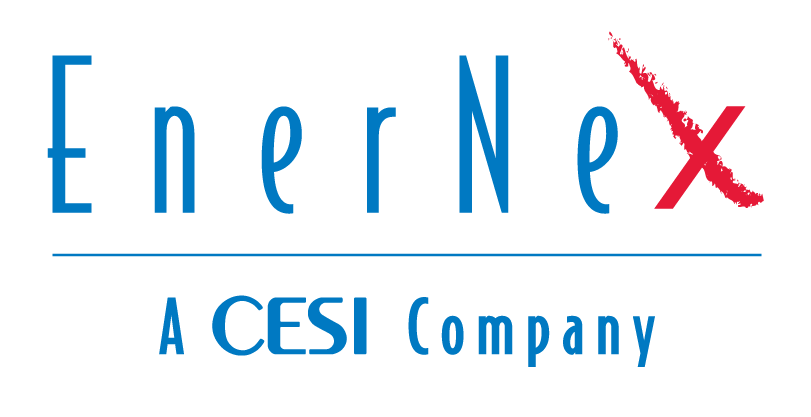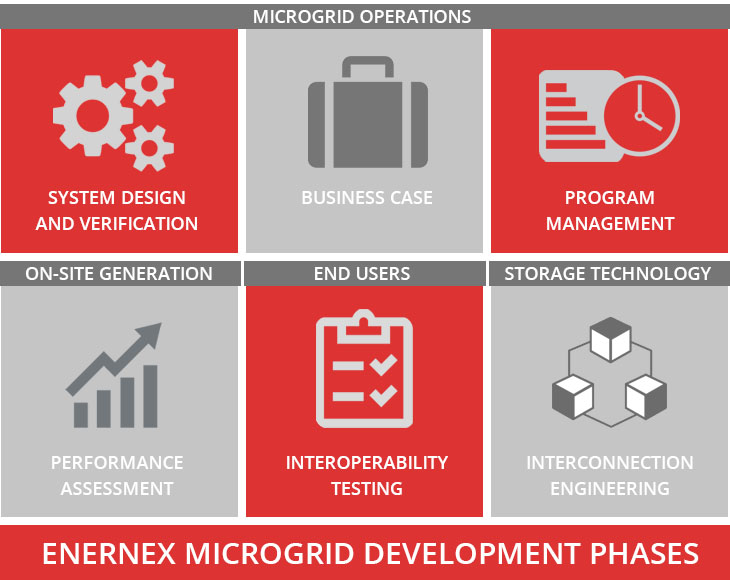Knoxville, Tenn., USA, January 18, 2023 —EnerNex is a proud partner of the Idaho National Laboratory’s Transmission Optimization with Grid Enhancing Technologies (TOGETs) project, funded by the U.S. Department of Energy’s (DOE’s) Office of Electricity (OE) and Wind Energy Technologies Office (WETO). Following a recommendation from a 2022 Report to Congress, the TOGETs project aims to convene industry experts on the topics of power flow control (PFC), dynamic line ratings (DLR), and transmission optimization to share best practices, information, and overcome deployment challenges. The TOGETs effort includes a field demonstration at Idaho National Lab, a detailed modeling and simulation effort for power system planning, and a suite of technical notes to support the inter-disciplinary issues that accompany new technology deployments.
HELPFUL LINKS
–INL TOGETs: https://inl.gov/national-security/grid-enhancing-technologies/
–Dynamic Line Rating (DLR) Calculation Engine Interoperability Profile: https://inl.gov/wp-content/uploads/2023/03/23-50118_DLR_Calculation_Engine_R1.pdf which accompanies a XSD extract from IEC CIM with pertinent aspects for DLR being posted on UCAIug (https://www.ucaiug.org/)
EnerNex’s work will primarily support the development of technical notes and reference materials for the industry on the topics of DLR and PFC. These reference materials will include:
—-> Reference Use Cases for DLR/PFC integration into system operations, specifically during (1) emergency conditions and (2) day ahead unit commitment decisions.
—-> Reference Systems Architecture to outline how DLR/PFC devices may fit within existing utility systems, with particular emphasis on cybersecurity and information architecture.
—-> Interoperability Profile that outlines how DLR can be implemented within the Common Information Model to facilitate information exchanges between DLR vendors and existing Energy Management Systems.
—-> Reference Functional Requirements to inform technology procurements and utility specifications for new technology.
—-> Passive Cost Estimates to allow decision makers to consider the order of magnitude of the effort and costs associated with deploying these types of technologies.
—-> Past Projects Review to provide a quick reference of the public information available on pilots and projects at a level of detail that’s insightful for key takeaways.
Each of these documents, and more, will be public through the INL TOGETs website at a future date. EnerNex looks forward to continuing to work with INL on a wide range of important challenges facing the industry.
# # # #
About Idaho National Laboratory
Battelle Energy Alliance manages INL for the U.S. Department of Energy’s Office of Nuclear Energy. INL is the nation’s center for nuclear energy research and development, and also performs research in each of DOE’s strategic goal areas: energy, national security, science and the environment. For more information, visit www.inl.gov. Follow us on social media: Twitter, Facebook, Instagram and LinkedIn .
About EnerNex
EnerNex, a CESI company, is a leader in providing engineering, consulting, and research services to the electric power industry worldwide. Founded in 2003, the company is focused on helping our clients understand, adopt, and leverage new and emerging electric power technologies to advance a cleaner, smarter energy system of the future.
To learn more about CESI, a world-leading innovation, technical consulting and engineering company for the electric power sector, visit: www.cesi.it.
For more information on EnerNex:
- Visit us on the web: https://www.enernex.com.
- Subscribe to our podcast: The Energy Exchange.
- Read our blog.
- Follow us on Twitter @EnerNex.
- Connect with us on LinkedIn.
Media Contact
Carrie Owens, Director of Marketing and Communications
+1 865-770-4854
cowens@enernex.com


